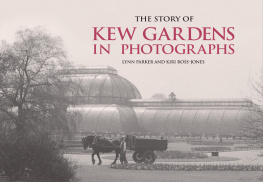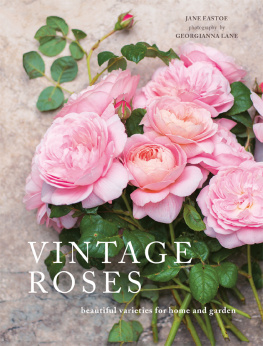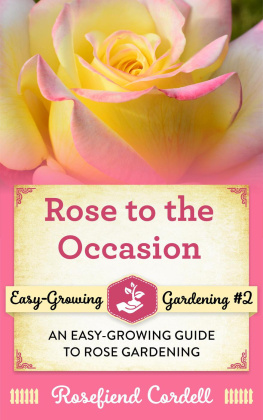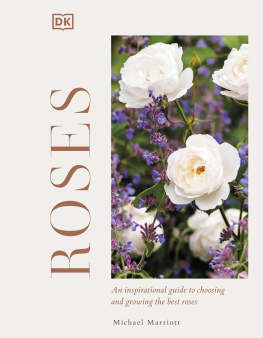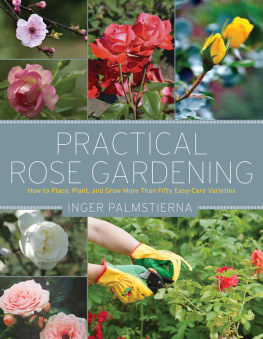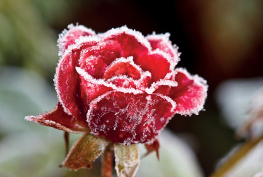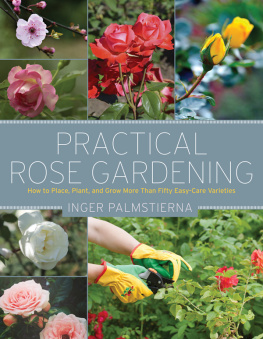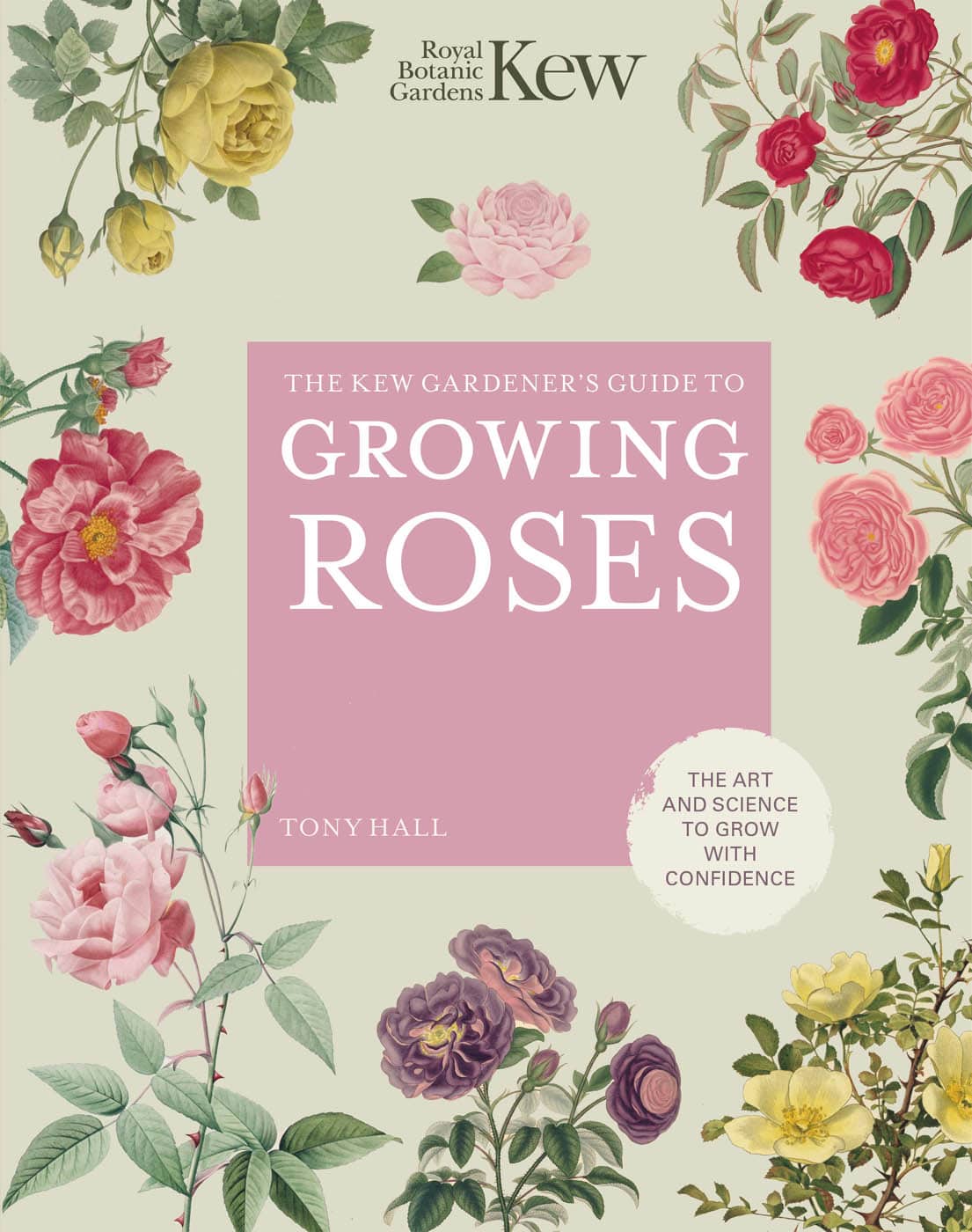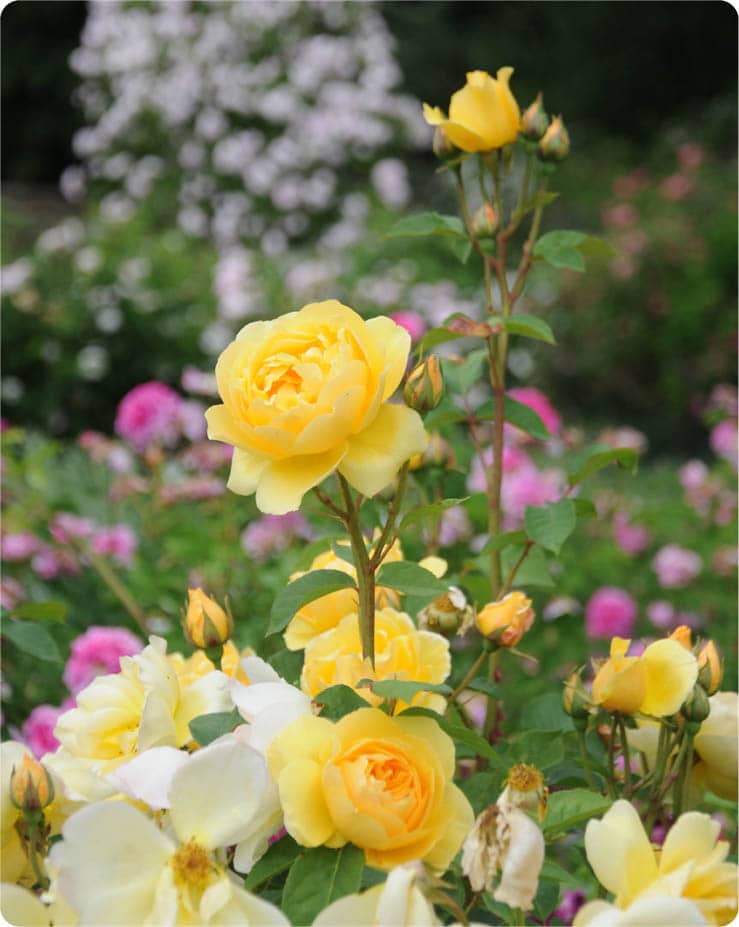THE VALUE OF ROSES
Roses are one of the most recognizable of all flowering garden plants, and there isnt anything better than the beautiful heady fragrance of roses to evoke memories of warm summer days. They have often been referred to as the queen of flowers, possibly because they will grow and flourish in a wide range of soils and climatic conditions, almost to the point of neglect. But roses that are well-looked after are of even greater value in a garden, producing a range of colours and heady scents throughout summer, right up until the end of the growing season, when they go into their dormant resting stage, shedding leaves and saving energy for the following year. In years or areas without frost, flowering can continue almost year-round.
These plants are very diverse in their habits, from low-growing and spreading ground-cover ones, which are covered in generally small blooms, to more upright, larger shrub roses. Hybrid Tea roses bear their large single flowers on long stems, while shrub and wild roses lengthen the seasons of interest, with their different forms, and many produce colourful hips at the end of their flowering season. English roses (often also known as David Austin roses) have beautiful, many-petalled flowers that give the look of the old-fashioned roses, with their delightful fragrance, wide colour variety and repeat-flowering.
Climbing and rambling roses are probably my personal favourites they provide so much value, particularly to parts of a garden that are often overlooked (see ). The tallest will climb and ramble, filling trees with vibrant colour during summer.
A standard rose is one that is grown on a single tall stem. The flowering part forms a bush at the top of the stem, making it resemble a small tree, so they are often called tree roses. They give height in beds among lower-growing plants and when planted in a container that can be moved around to different parts of a garden (see .
Roses possess a wide colour palette, and a range of delightful floral scents, from fruity and musky to warm sweet aromas, with many fragrances in between, filling a garden with their beautiful aroma and colour all summer long. Thus they are extremely versatile and invaluable in many situations, whether planted permanently in the ground (where, well-looked after, will happily grow for twenty or thirty years and more), or when placed in a patio garden in containers (see ).
Commercially, there is a huge trade around the world in roses for the cut-flower market. In the USA, it is estimated that around 250 million roses are produced each year for Valentines day alone. Meanwhile the extract of essential oils from the petals of roses like R. alba, R. damascena and R. gallica are added to perfumes, and rose water and syrup are also used extensively in flavourings and foods (see also ).
Growing your own supply of fragrant cut flowers in the garden, to bring into the house fresh, means they will last longer than shop-bought ones. Cut them when the buds just begin to open, stripping off the leaves that would be below the waterline. Recut the bottom of each stem at a slight angle so they dont sit flat on the bottom of the vase, and they should last for up to ten days.
SOME BACKGROUND HISTORY
Roses have been grown as a garden favourite since the time of the ancient Greeks. In fact they go back much farther than that: fossils found in rock from the Oligocene period in Oregon and Montana are estimated to date back 35 million years. For millennia the rose has played a part in gardening. In China the cultivation of roses is known to have been practised for many centuries. The Chinese philosopher Confucius (551479 BC) wrote about roses growing in the imperial gardens of Peking. Rose oils and perfumes have also been used for centuries. In The Iliad, the ninth-century BC Greek poet Homer wrote that Hector, a Trojan warrior who had been slain by Achilles, was anointed with rose oil before his burial. And, in the legendary love story immortalized by William Shakespeare, Cleopatra is said to have had her living quarters filled with rose petals to seduce Mark Antony on his visit, so that he would always associate her with the rose scent.
Before human cultivation of roses there would have been just the wild rose species (see ), and although more than a hundred different ones are found all over the northern hemisphere the vast majority are in China. (None is native in the southern hemisphere.) It was in ancient China that roses were first developed through selection and hybridization hundreds of years ago, before finding their way into Europe, where they were subsequently crossed with European cultivars in the nineteenth century, leading to the huge range of roses that we enjoy today.
The yellow blooms of Rosa Graham Thomas fit well in most colour combinations.
These old roses are known as Old Garden roses, or Heritage roses, and many survive today: for example, R. gallica Officinalis. These were followed by the Modern roses, many developed by French breeders and growers. The Hybrid Tea rose La France, in 1867, was the first of these. La France is thought to have been a chance cross between Mme Bravy (a Tea rose) and Mme Victor Verdier (a French Hybrid Perpetual rose). After this, deliberate new Hybrid Teas were raised by the cross-pollination of chosen parents, and many climbing roses were produced from sports (naturally occurring genetic mutation in characteristic growth) of these new roses, increasing their diversity.
In the 1930s Miniature and Ground-cover roses were developed by crossing China roses with Polyanthas. During the 1950s, 1960s and 1970s hundreds of new roses were bred all over Europe, particularly in England, France, Germany, Holland and Belgium, as well as in southern Australia. In America rose breeding has for decades produced many new and exciting varieties, too, while breeders now are developing roses that are more disease-resistant and healthier, repeat-flowering, fragrant and in many more colours, varieties and forms than ever.


